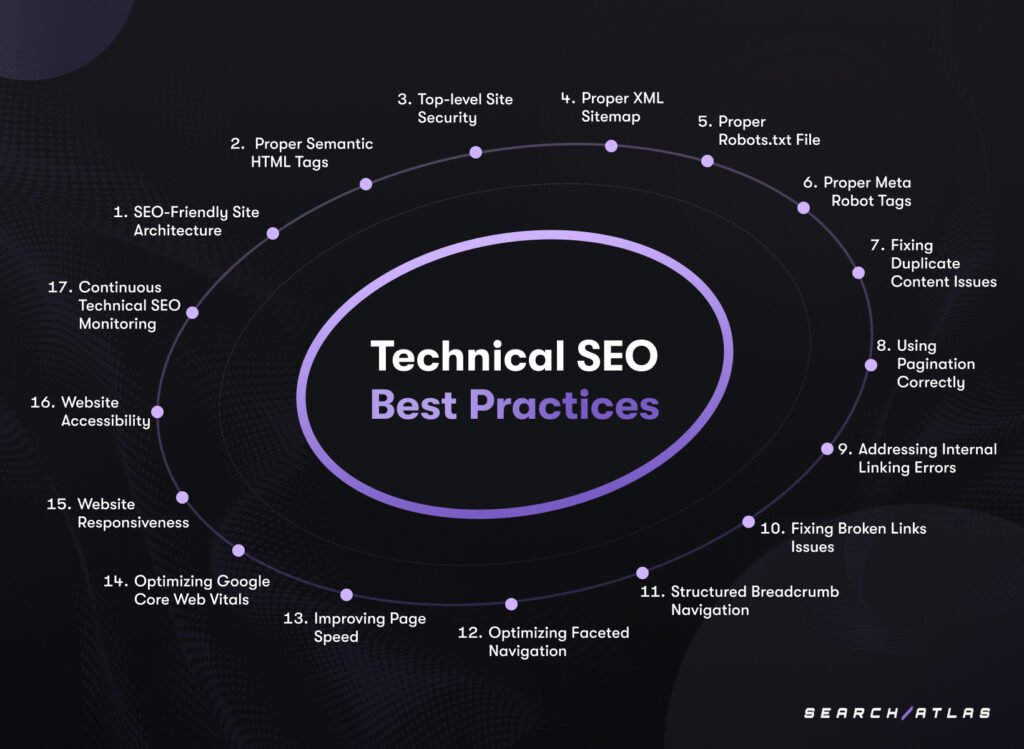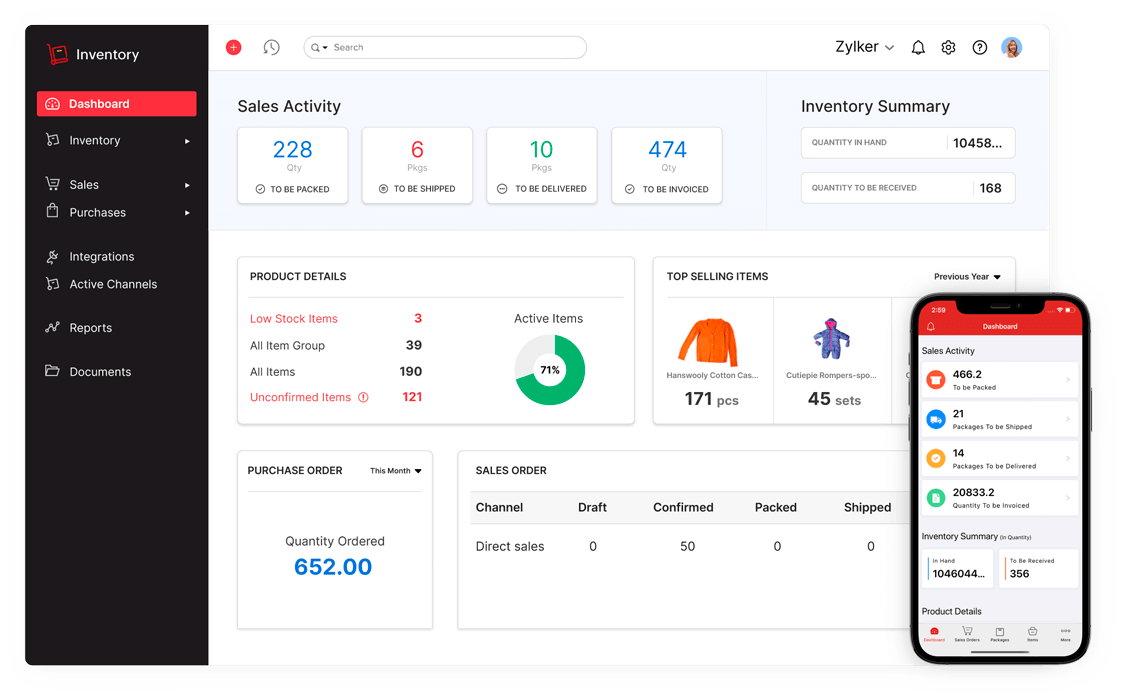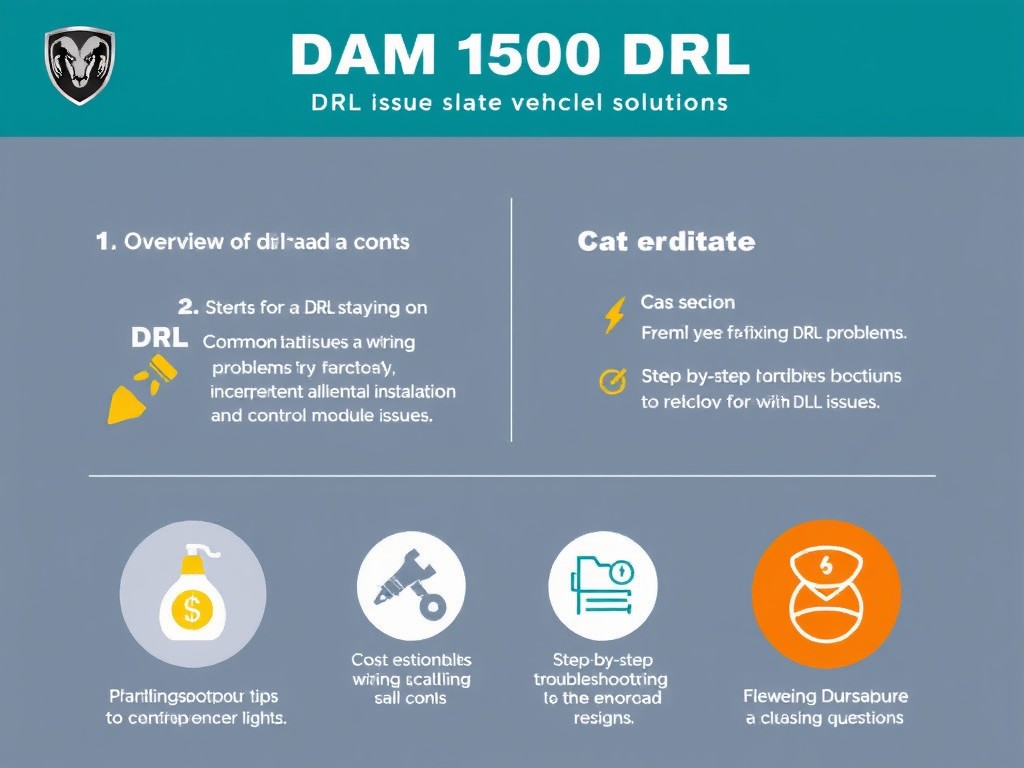Key Takeaways
- Technical SEO ensures search engines can effectively crawl and index a website, making all valuable pages discoverable and accessible to users.
- Optimizing site speed and mobile responsiveness not only enhances user experience but also yields higher search engine rankings and increased conversion rates.
- Implementing structured data and Schema markup enhances content clarity and increases visibility through rich results in search listings.
- Regular technical audits are critical for identifying, prioritizing, and resolving technical issues that could hinder site performance, visibility, or user satisfaction.
Table of Contents
- Understanding Technical SEO
- Site Architecture and Crawlability
- Page Speed and Core Web Vitals
- Mobile-First Indexing
- Structured Data and Schema Markup
- Regular Technical Audits
- Case Studies
- Conclusion
Technical SEO forms the backbone of an effective website, playing a pivotal role in how search engines discover, crawl, and index digital content. Without a strong technical foundation, even the most compelling content and innovative marketing strategies can go unnoticed or underperform in organic search results. Businesses that invest in technical SEO services not only improve their site’s search engine visibility but also create a seamless user experience that enhances engagement and drives organic growth. By proactively addressing critical technical elements, organizations can unlock their website’s true potential, ensuring other digital marketing efforts deliver optimal results. A robust technical strategy enhances crawl efficiency, eliminates obstacles for users and search engines, and lays the foundation for compelling content and effective campaigns to flourish.
As website competition intensifies in virtually every industry, the importance of essential technical optimizations—ranging from mobile responsiveness and speedy load times to seamless site architecture and intelligent structured data implementation—becomes more pronounced than ever. These optimizations are no longer optional; they are the baseline standards required for long-term online success. Companies that prioritize these improvements see measurable results, such as reduced bounce rates, longer session durations, improved visibility on search engine results pages (SERPs), and most importantly, sustainable business growth in an ever-evolving digital landscape.
Understanding Technical SEO
Technical SEO focuses on optimizing a website’s infrastructure to enable search engines to crawl, index, and categorize its content efficiently. This behind-the-scenes optimization is about much more than code or compliance—it creates the conditions for success on all digital fronts, including content marketing, paid advertising, and customer engagement. Key technical SEO tasks include configuring a solid site architecture, improving page load speeds, ensuring seamless mobile compatibility, managing secure protocols, correcting crawl errors, optimizing server response times, and deploying structured data with precision. Each of these tactical improvements significantly contributes to the discoverability and credibility of a website, not only for search bots but also in the eyes of discerning users.
A technically sound site is essential for improving user experience, decreasing friction, and supporting robust content initiatives. It also forms the sturdy base that allows businesses to adapt rapidly to shifting search algorithms and consumer trends. For those aspiring to stay in step with ongoing algorithm changes and advanced search technologies, a commitment to acquiring and applying up-to-date technical SEO knowledge is indispensable. Comprehensive resources—such as Search Engine Land’s Definitive Guide to Technical SEO—are invaluable tools for everyone from novice site owners to seasoned professionals seeking to deepen their expertise in this critical field.
Site Architecture and Crawlability
Search engines rely on logical, hierarchical site architectures to efficiently navigate and index web pages. A meticulously structured website enhances crawl efficiency, enabling not only bots but also people to quickly locate and access relevant content without encountering digital dead ends. Clean architecture is fundamental for success, as it ensures both new and existing content is readily discoverable. Critical considerations for site architecture and crawlability include:
- Ensuring that all valuable pages are accessible within three clicks from the homepage, thereby eliminating unnecessary barriers for users and crawlers.
- Organizing content around thematic topics and clearly defined search intent to establish strong topical relevance and authority.
- Building clear hierarchies with strategic internal links, denoting the relationships and contextual significance of supporting and pillar pages.
Adopting a hub-and-spoke (or pillar-and-cluster) model, where main topics act as central content hubs that link to relevant subpages, can drive exponential benefits for both search engines and human visitors. This approach clarifies page importance, demonstrates topic depth, and reduces the risk of orphaned content that may otherwise go undiscovered. A well-planned architecture also facilitates more effortless scalability as websites expand, making future additions and optimizations less cumbersome and more effective in the long run.
Page Speed and Core Web Vitals
Website speed has become a cornerstone of both user satisfaction and SEO rankings. In today’s digital marketplace, even minor delays in page load times can cause users to abandon the site and negatively impact organic search performance. Google’s Core Web Vitals represent a collection of essential metrics that measure fundamental user experience aspects:
- Largest Contentful Paint (LCP): Tracks loading performance with a best practice goal of loading key content within 2.5 seconds to minimize user frustration and abandonment.
- First Input Delay (FID): Measures interactivity, aiming for the site to respond to user inputs within 100 milliseconds, so site visitors feel in immediate control.
- Cumulative Layout Shift (CLS): Evaluates the visual stability of the page, with optimal experiences achieved by maintaining scores below 0.1 to prevent disruptive content shifts.
Optimizing these metrics requires a comprehensive approach, including efficient image compression, eliminating render-blocking resources, minimizing unnecessary JavaScript, streamlining CSS, leveraging browser caching, and utilizing a fast and reliable hosting service. Improved Core Web Vitals translate directly to reduced bounce rates, longer on-site engagement, higher conversions, and better overall rankings. Mastery in this area reflects a business’s respect for its users’ time and expectations—a significant competitive differentiator in crowded digital markets.
Mobile-First Indexing
With mobile devices accounting for over half of global internet traffic, Google’s mobile-first indexing puts the spotlight firmly on mobile responsiveness and performance. For modern websites, ensuring the mobile version is not just accessible but excels in speed, navigation, and compatibility is now a critical success factor, not an afterthought. Responsive site design, intuitive tap-friendly interfaces, image optimization for fast loading, and simplified navigation are not just best practices but vital benchmarks for SEO readiness.
Sites that lag in mobile optimization risk a dramatic drop in visibility and engagement, with direct consequences for revenue, brand reputation, and long-term competitive viability. By regularly testing mobile usability with tools like Google’s Mobile-Friendly Test, businesses can quickly identify and resolve issues, ensuring their digital properties align with the evolving requirements of search algorithms and user behaviors.
Structured Data and Schema Markup
Structured data, utilizing standards such as Schema.org vocabulary, provides crucial contextual clues to search engines, enabling them to understand the content more effectively. This markup enables webmasters to describe content in a way that machines can clearly interpret, allowing for the display of rich results, including featured snippets, product carousels, and FAQ accordions. These results capture user attention and increase click-through rates. Strategic applications include marking up articles, products, reviews, events, and organizational details with precise semantics.
A schema can draw attention to key story elements such as headlines, bylines, and publishing dates. E-commerce businesses can utilize structured data to display product prices, ratings, and availability directly within search results, providing users with the necessary information before they even click through to the product page. The visibility and credibility conferred by effective schema implementation can deliver a decisive edge in gaining customer trust and driving organic growth. For ongoing strategies and the latest techniques, visit Search Engine Journal’s Technical SEO News & Strategy Guides.
Regular Technical Audits
Routine technical audits are crucial for identifying and resolving issues that may hinder a website’s performance or search visibility. Common issues—such as broken links, duplicate content, misconfigured redirects, crawl errors, missing metadata, and slow loading times—can stealthily erode both user satisfaction and organic rankings if left unaddressed. Industry-leading tools, such as Google Search Console, Screaming Frog, or SEMrush, make audits both efficient and highly actionable, providing prioritized lists of technical errors and opportunities for rapid remediation.
By conducting consistent technical audits, businesses ensure their websites are always accessible and performant for both users and search engines. This habit protects hard-earned SEO gains, mitigates the risk of future visibility losses, and aligns the website with current industry standards and algorithmic expectations, thereby supporting overall business objectives.
Case Studies
- E-commerce Platform: One leading online retailer undertook a comprehensive technical SEO upgrade, focusing specifically on implementing advanced schema markup across its extensive product catalog. Within just six months, the site experienced a remarkable 30% increase in organic traffic. The new structured data elements increased visibility in search results, leading to enhanced product snippets that generated more clicks and outperformed competitors on high-value, revenue-driving queries.
- News Outlet: A nationally recognized news organization invested in a full-scale overhaul of site speed and mobile experience, guided by a data-driven technical SEO roadmap. Their upgrades resulted in a 25% increase in organic search revenue within a year. Not only did these efforts decrease page load times and enhance device compatibility, but they also extended the duration of visitor sessions. They slashed bounce rates, clearly illustrating the business value and ROI that diligent technical SEO delivers.
Conclusion
Technical SEO remains both a cornerstone and a continuous priority for any successful digital presence. By investing in strategic improvements to site architecture, page speed, mobile usability, and advanced data markup, businesses boost their visibility, rankings, and user satisfaction—all of which are vital for driving sustainable growth in a highly competitive search landscape. Regular technical audits and persistent upskilling ensure organizations stay agile and future-proof their online assets.
For organizations determined to optimize their digital outcomes and build a robust search footprint, seamless integration of technical SEO services is a wise and essential first step. To continue your SEO education and stay ahead of best practices, explore reliable resources like Search Engine Land’s guide and Search Engine Journal’s technical SEO content.





























































Leave a Reply